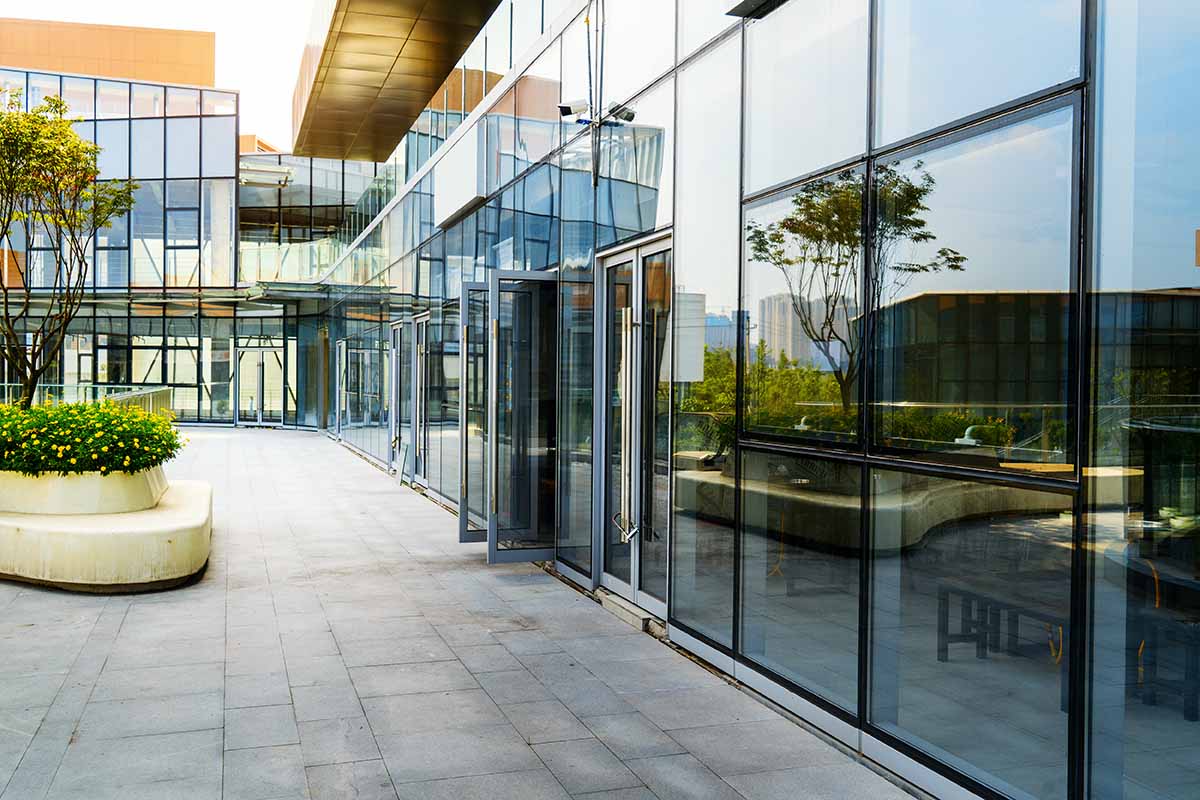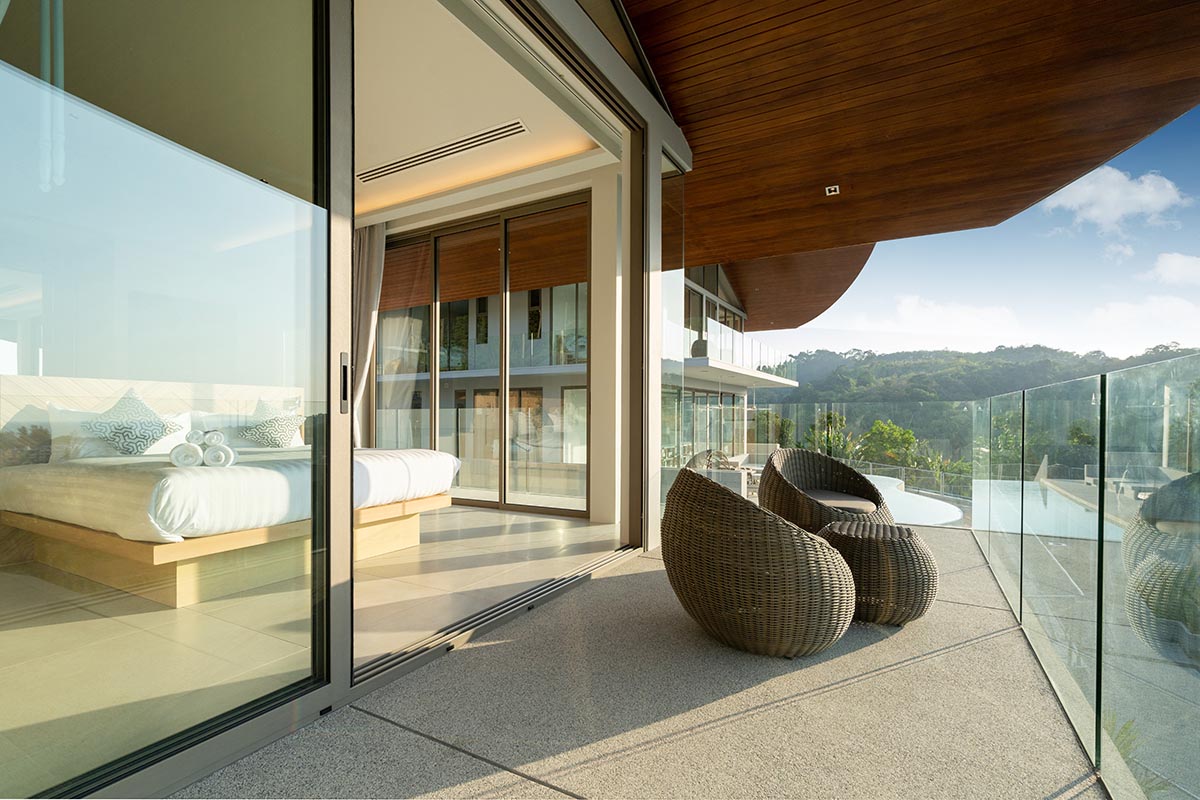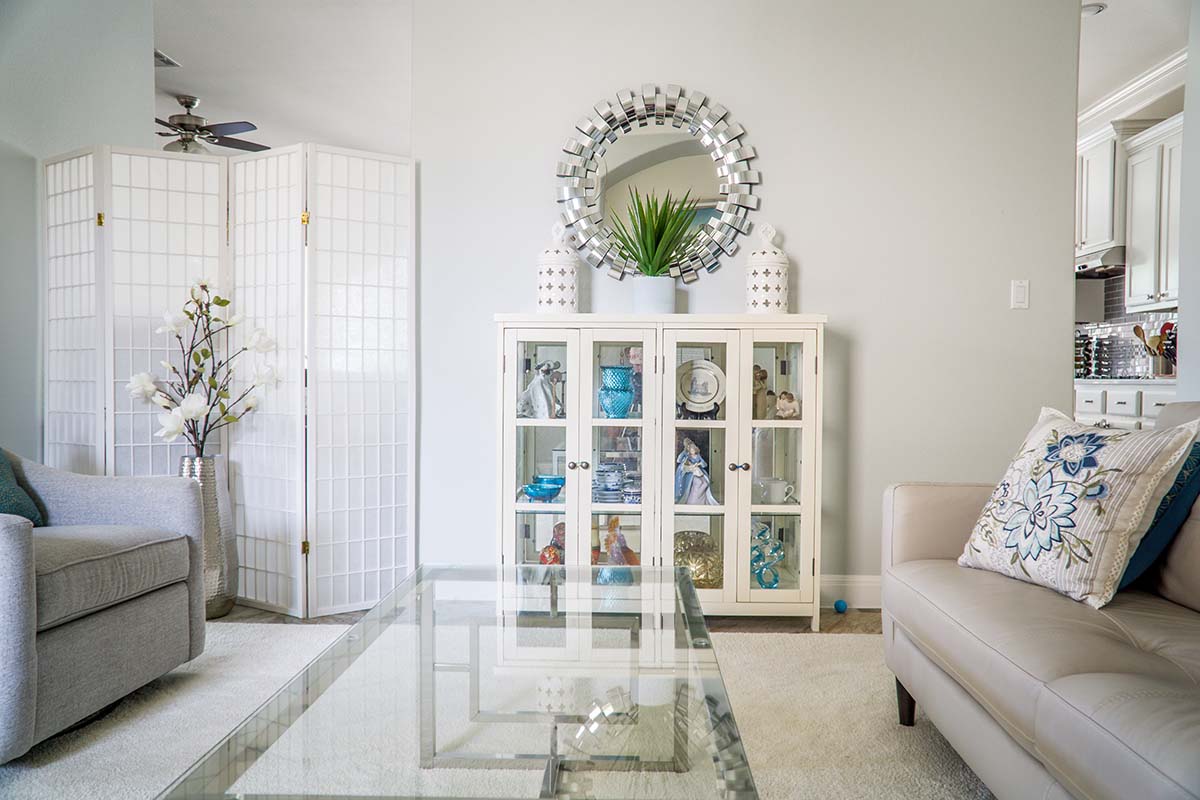Safety Features and Accessibility in Sliding Glass Wall Installations
In contemporary architectural design, sliding glass walls have gained remarkable popularity. These elegant and chic installations provide a smooth flow between indoor and outdoor areas, evoking a feeling of spaciousness and interconnectedness.
But beyond their visual charm, it’s crucial to consider safety and accessibility when integrating sliding glass walls into a building. This article delves into the significance of prioritizing safety and accessibility in sliding glass wall installations and sheds light on the essential features that tackle these concerns.
Safety Considerations in Sliding Glass Wall Installations
- Tempered Glass: A significant safety aspect regarding sliding glass walls is the risk of breakage. To tackle this issue, tempered glass is a common choice. Unlike regular glass, tempered glass is much stronger and specifically engineered to break into small, harmless pieces if it ever shatters, reducing the potential for severe injuries.
- Impact Resistance: In terms of impact, sliding glass walls can face various challenges, whether in harsh weather or unexpected collisions. To deal with such situations, safety measures like laminated glass, made up of multiple layers with a plastic interlayer, can offer extra impact resistance. This significantly reduces the risk of the glass shattering upon impact, making the installation safer.
- Security Locks: Speaking of safety, a critical aspect of sliding glass walls is having robust locking mechanisms. These locks serve the dual purpose of preventing unauthorized entry and keeping the wall panels securely in position, especially in adverse weather conditions. Well-designed locks also make it challenging for intruders to tamper with or gain access to the panels.
- Smooth Operation: It’s essential that sliding glass walls glide open and shut seamlessly without any fear of them getting stuck or moving abruptly. A malfunctioning system could potentially result in accidents or injuries. Keeping these installations in top-notch condition requires regular maintenance and a strong focus on quality engineering to guarantee their smooth operation.
- Finger-Safe Technology: Speaking of safety, many modern sliding glass walls come equipped with a clever feature known as finger-safe technology. This nifty addition is designed to shield fingers from getting caught between the panels when they’re in motion. Doing so, not only prevents accidents but also lessens the chance of injuries, making these installations a safer choice, particularly for families with little ones.
- Emergency Exit Options: Sliding glass walls frequently serve as a connection between indoor and outdoor spaces, and this makes them a potential escape route in emergencies. It’s paramount to guarantee that these installations offer crystal-clear and easily reachable emergency exit options. This encompasses designs that enable a swift and straightforward exit in case of a fire or other unexpected emergencies.
- Impact Testing: When it comes to quality, top-notch manufacturers go the extra mile by subjecting their sliding glass wall systems to thorough impact testing. These tests aim to confirm that the installations adhere to strict safety standards. The evaluation includes simulating extreme conditions and scrutinizing how well the system holds up, particularly in the face of robust wind, heavy rain, and debris during storms.
- Safety Labels and Warnings: Let’s talk about user awareness. It’s essential to have easily understandable safety labels and warnings to educate users about potential risks and how to operate sliding glass walls safely. These labels play a crucial role in accident prevention and ensuring that users are well-informed about the safety measures.
Accessibility in Sliding Glass Wall Installations
In the realm of modern architectural design, inclusivity takes center stage, emphasizing the importance of making sliding glass walls accessible to all individuals, regardless of their abilities or disabilities. Below, we’ll delve into essential factors that can significantly improve the accessibility of sliding glass door installations:
- Threshold Design: Let’s talk about the design of the threshold. When it comes to sliding glass walls, it’s crucial to ensure that the threshold is designed to minimize any noticeable height difference between the indoor and outdoor areas. Creating a seamless, flush transition not only looks sleek but also makes it much easier for individuals with mobility challenges, like those using wheelchairs or other mobility aids, to move between spaces.
- Lever Handles: Now, let’s discuss the lever handles. Opting for lever handles in your sliding glass wall systems, unlike traditional knobs, is a smart choice. Lever handles are designed to require less effort when gripping and turning, making them much more user-friendly, especially for people with limited hand strength or dexterity. This simple change ensures that the doors are accessible to a broader spectrum of users.
- Clear Pathways: It’s vital to make sure that both inside and outside the sliding glass wall, the paths are unobstructed. This involves thoughtfully arranging furniture, planters, or any other potential obstacles that could hinder access for individuals with disabilities. By doing so, you’re not only enhancing accessibility but also creating a more welcoming environment for everyone.
- Motorized Operation: Now, let’s delve into motorized sliding glass walls. These systems bring a significant accessibility boost. With just a simple push of a button, they take away the need for any physical effort when it comes to opening and closing the doors. This feature is particularly advantageous for individuals with limited mobility, providing them with more independence and ease of use.
- Adequate Lighting: Let’s shed some light on the matter – having proper lighting is vital for ensuring accessibility. Make certain that the space around the sliding glass wall is well-illuminated to assist individuals with visual impairments in safely navigating the area. It’s all about creating a welcoming and safe environment for everyone.
- ADA Compliance: When it comes to ensuring accessibility, following the guidelines laid out by the Americans with Disabilities Act (ADA) is essential. These guidelines encompass a range of aspects, such as door width, clear floor space, and hardware operation, all of which directly relate to sliding glass wall installations. It’s a matter of creating an environment that’s inclusive and compliant with regulations, benefitting a wide range of users.
- Sensory Features: You might want to include sensory features such as sound or tactile indicators. These thoughtful additions can help individuals with visual or hearing impairments to recognize the presence and operation of the sliding glass wall, making the space more accommodating for everyone.
Conclusion
Sliding glass walls, such as the ones on display at CG Hardware, have revolutionized architectural design by providing a seamless connection between indoor and outdoor spaces. However, it is crucial to prioritize safety and accessibility when integrating these installations into a building.
Tempered glass, impact resistance, security locks, and emergency exit options are essential safety features, while lever handles, motorized operation, clear pathways, and ADA compliance enhance accessibility.
By carefully considering these aspects, architects and builders can create sliding glass wall installations that are not only aesthetically pleasing but also safe and accessible for all users, regardless of their abilities or needs. In doing so, they contribute to a more inclusive and user-friendly built environment.




















